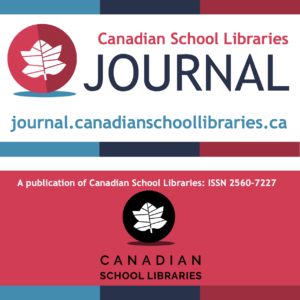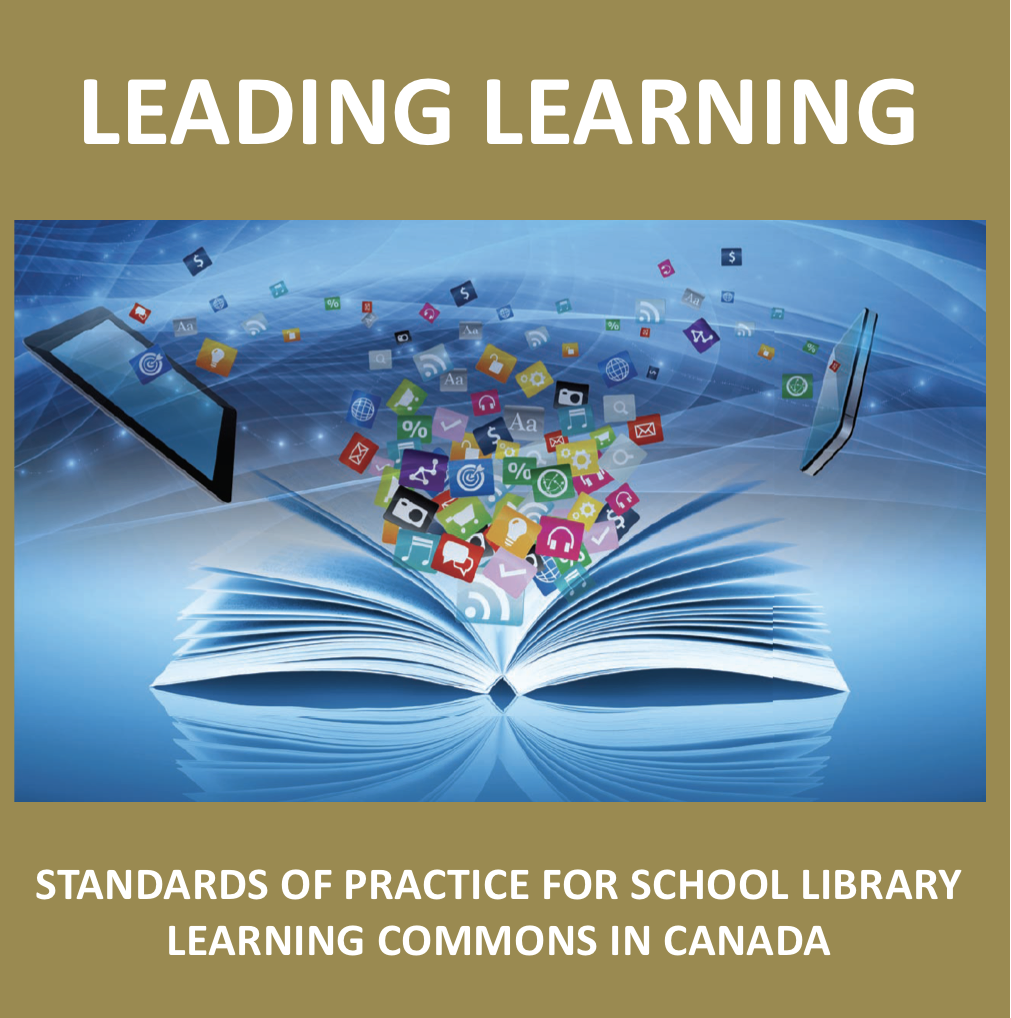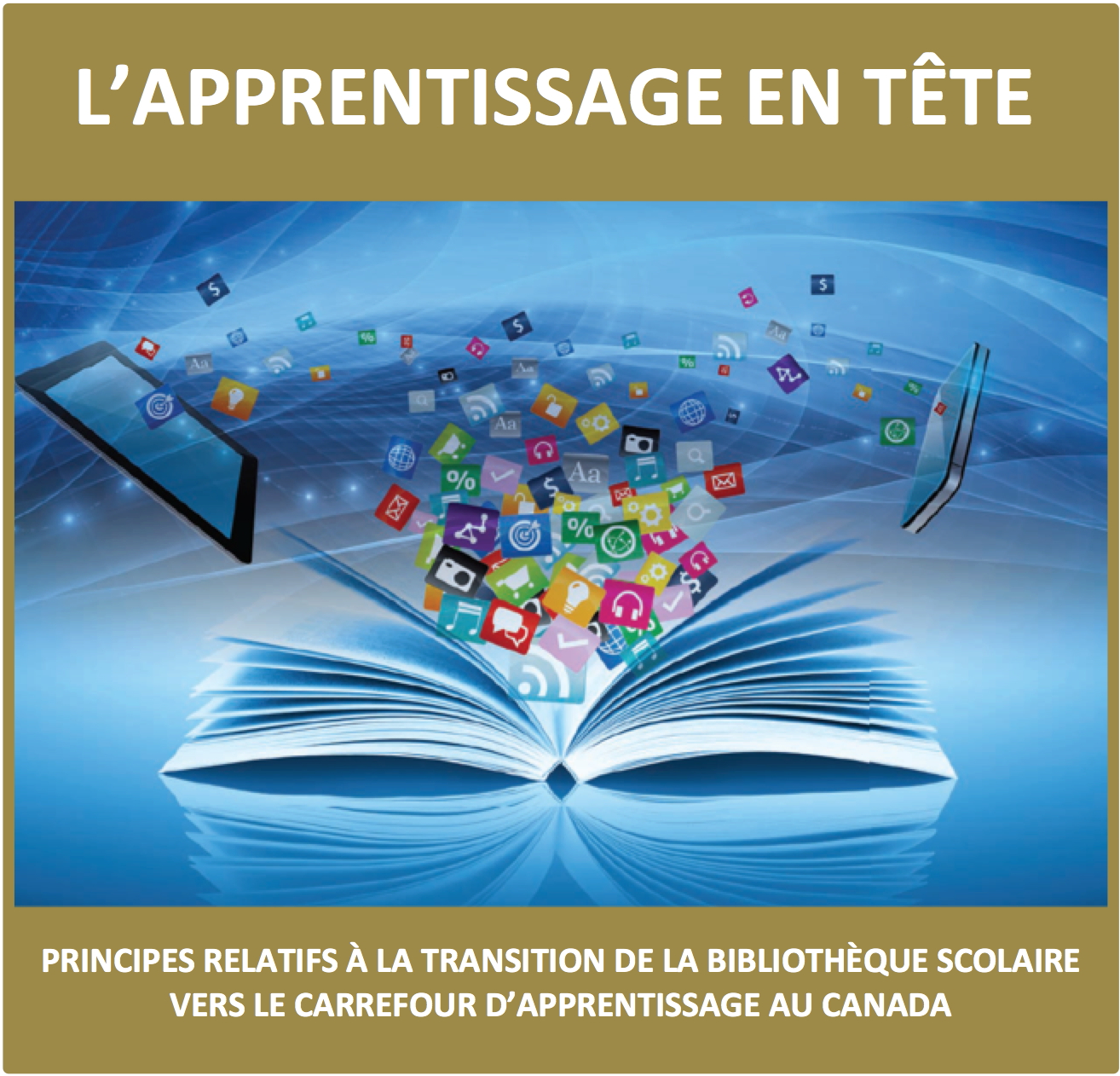The Media Awareness Network (MNet) recently released the third part of its report, Young People in a Wired World. Phase III focuses on how teachers see the situation, and includes their perception of the state of affairs and ways to move forward.
The report’s author, Valerie Steeves, bases her conclusions on interviews with five elementary and five secondary teachers from regions across Canada. A small sample to be sure, but nevertheless the conclusions of the report are consistent with what I hear educators observing on a daily basis. Here are my brief summaries of the main findings of the report, with headings from the Executive Summary:
- Not So Savvy Surfers: Students love working and playing with technology, but having access to networks has not made students better learners. There is still a high level of gullibility about information from the Internet – if it appears on the web then it must be true.
- Teaching Tech vs. Using Tech to Teach: There is a focus on training students how to use software rather than focusing on how it would be useful to students for their learning.
- “Drill and Kill” Experts vs. Facilitators and Co-Learners: Teacher-focused learning and/or a stand and deliver approach to teaching do not work well with networked learning tools. A teacher who is willing to be a co-learner with his/her students, facilitating the learning process and taking advantage of students’ own tech skills, will be more successful in using technology meaningfully in the learning program.
- Younger vs. Older Teachers: This one I found particularly interesting. We tend to think that younger teachers would be more successful at integrating technology, because it may be closer to their own life experiences (yes, the old and tired digital native / digital immigrant argument). According to MNet, teachers with stronger classroom management skills, which typically means older teachers, tend to be better at mitigating the potential for disruption when it comes to using technology in the classroom.
- Tech Training vs. Curricular Training: There are not enough professional learning opportunities for teachers, and where they do exist, they tend to focus on the use of a particular program or technology. Making strong curricular connections to student learning is left for teachers to figure out (or not) on their own.
- Online Filters vs. Letting Students Make Mistakes: School policies that ban or restrict the use of mobile devices and web content filters are counter-productive. We want students to exercise good judgement online and be good digital citizens, but we restrict access to the very context for learning those critical skills in a meaningful way.
The report goes on to suggest ways that networked technology can enrich students’ learning.
There is much to discuss about the findings of this report, and comparing the results of Phase III, Teachers’ Perspectives to Phase I (2000-2001) and Phase II (2003-2005) both of which reported the findings of a large body of interviews with students, parents and focus groups.
And the “so what”? I’m particularly interested in what these findings mean about instructional approaches for the school library program and the learning commons approach. Because I am so involved in teacher education, I’m particularly interested in new models for professional learning. From a strategic point of view, I’m interested in how we can put these discussions at the centre of K-12 education rather than remaining at the oh too familiar fringes where we are used to residing.









